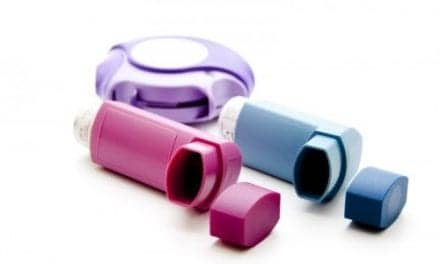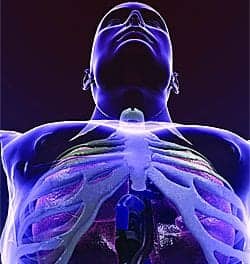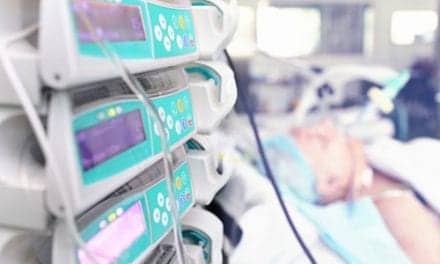Researchers from the University at Buffalo, Buffalo, NY, have developed a new, recently licensed medical device that would bring the powerful and effective method of anesthetizing patients that works so well in the operating room into intensive care settings. The device is designed to cost effectively deliver small amounts of powerful inhalation anesthetic agents to patients as they breathe or are mechanically ventilated.
The cost-effective and portable UB ventilator has the potential to shorten the length of patient stays in the intensive care unit (ICU) by reducing complications and habituation to sedatives used in the ICU. Additionally, the device may have promising applications in treating large numbers of patients during pandemics or other events with mass casualties because it can safely enable multiple patients to share a single ventilator without the risk of cross-contamination.
The ventilator, invented by Bradley Fuhrman, MD, professor of pediatrics and anesthesiology and chief of critical care at Women & Children’s Hospital of Buffalo, and Mark Dowhy, director of the Pediatric Critical Care Laboratory in the UB Department of Pediatrics, was licensed from UB to Medical Conservation Devices (MCD) of Buffalo, located in UB’s New York State Center of Excellence in Bioinformatics and Life Sciences.
"With our ventilator, the patient is continually rebreathing the same anesthetic and oxygen mixture, so the amount of anesthetic that is used can be reduced by about 80 percent," says Fuhrman.
A key advantage of inhaled anesthetics over intravenous sedation, which is the current approach in the ICU, is that inhaled anesthesia delivers and clears sedatives by way of the lungs, bypassing the metabolic and excretory systems. That’s a critical factor, Fuhrman says, for patients who have sustained damage to their kidneys or livers, as a result of their illness. When anesthesia is delivered through the lung, there is a much more rapid onset of effect and much quicker reversal once it is removed, an important consideration especially in patients who need to be frequently or abruptly awakened, such as children who have suffered trauma to the skull.
MCD is raising funds to further develop the prototype for FDA medical-device evaluation.









